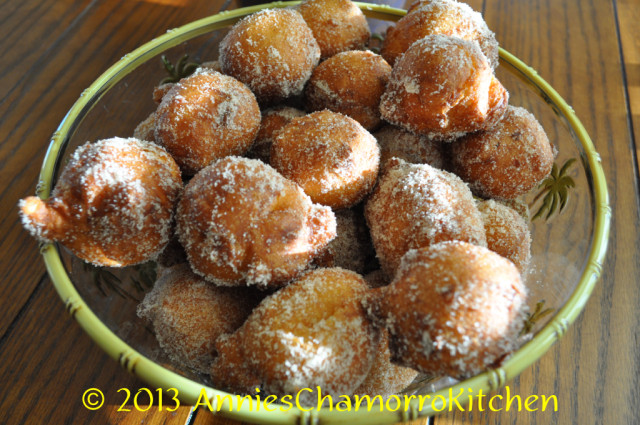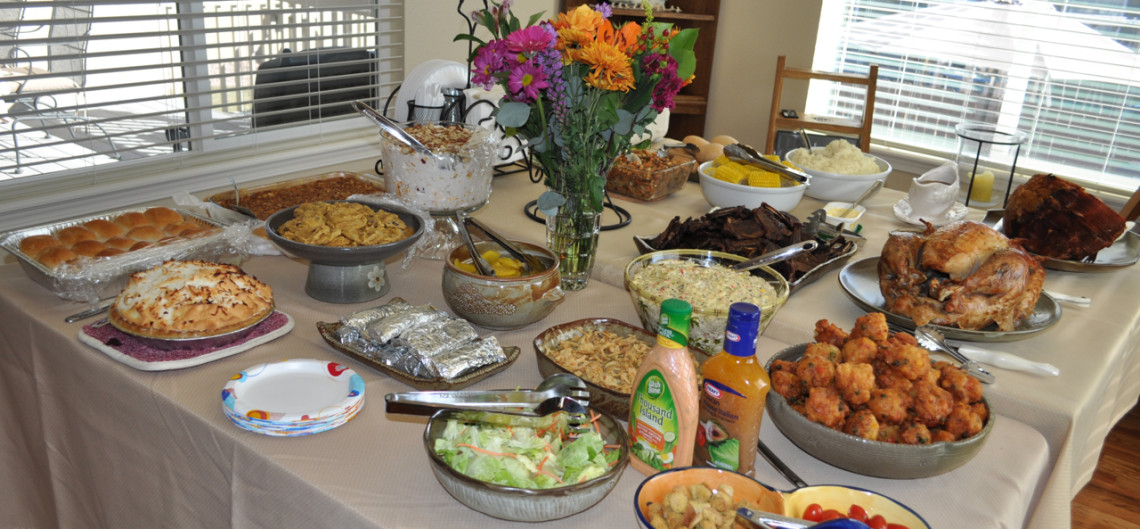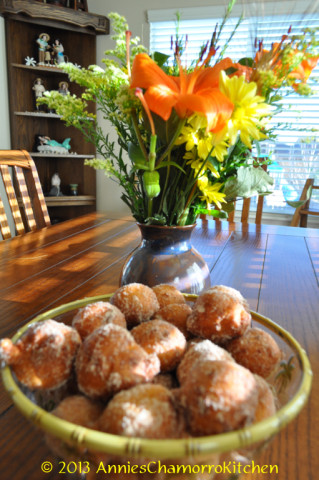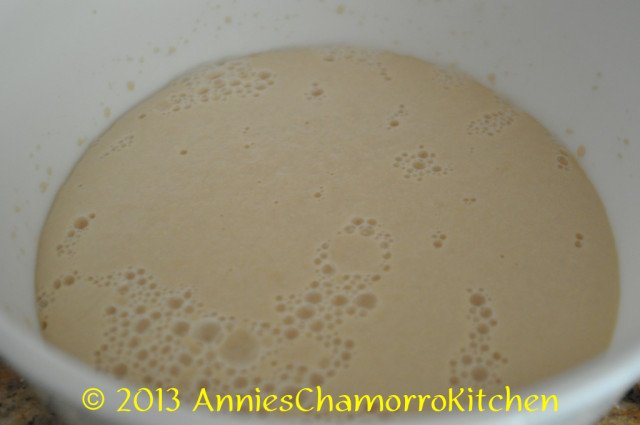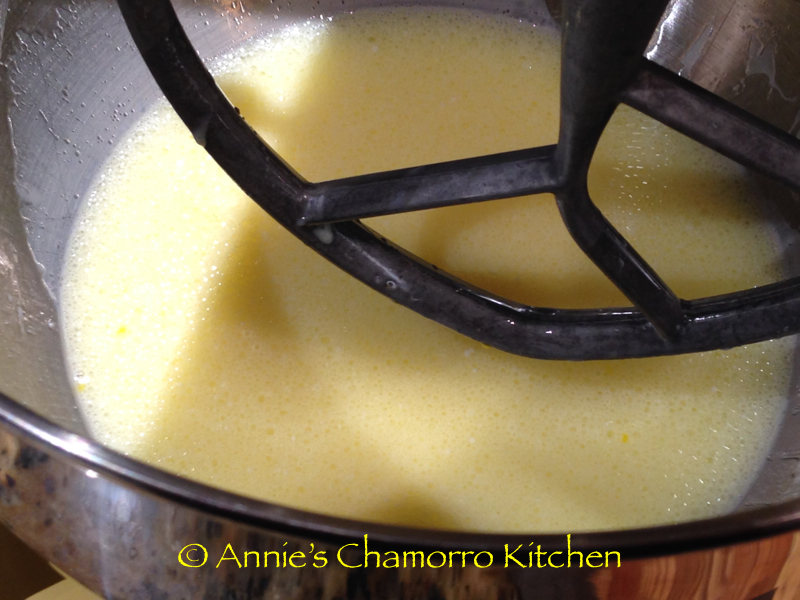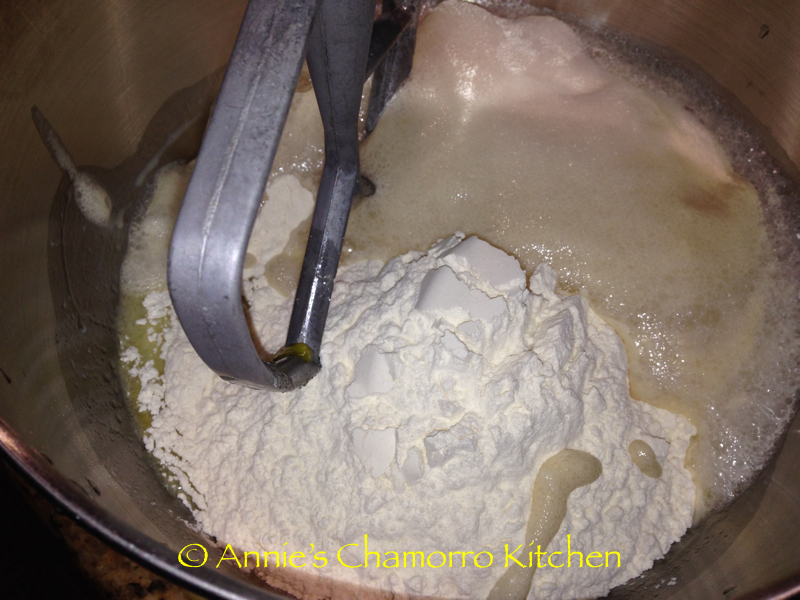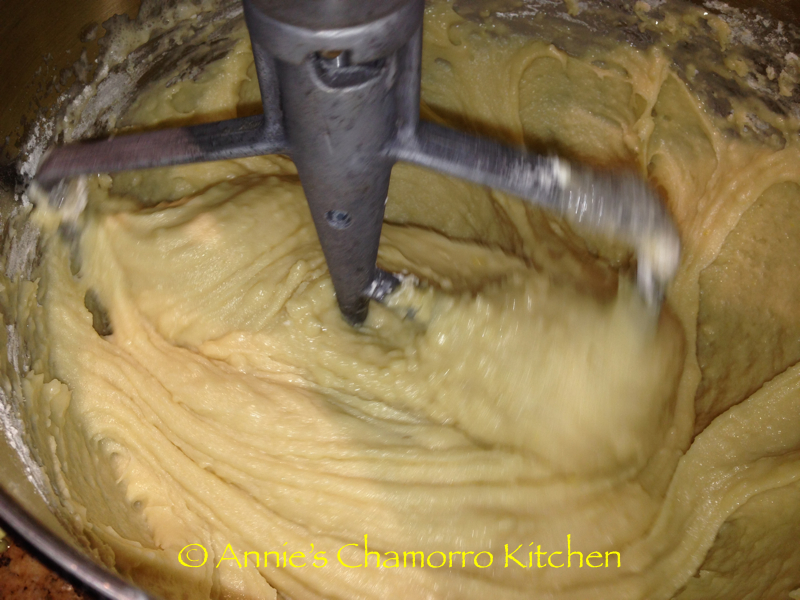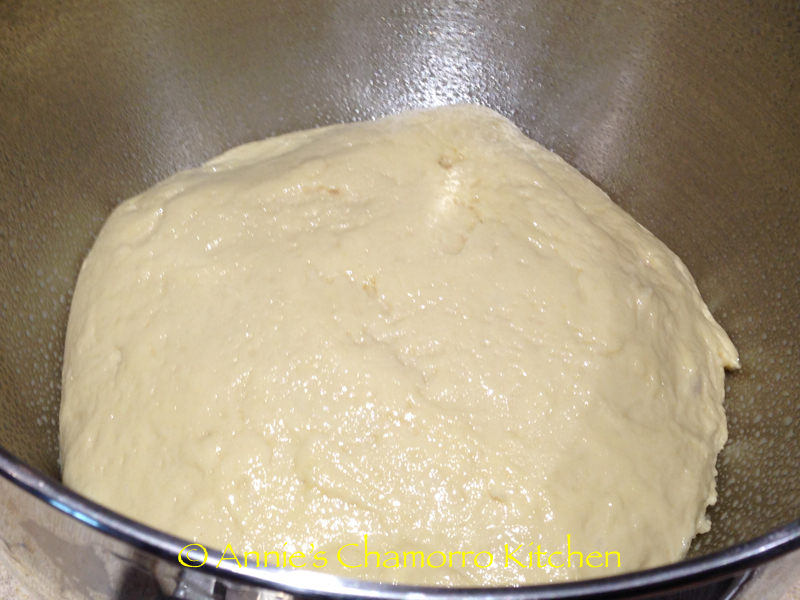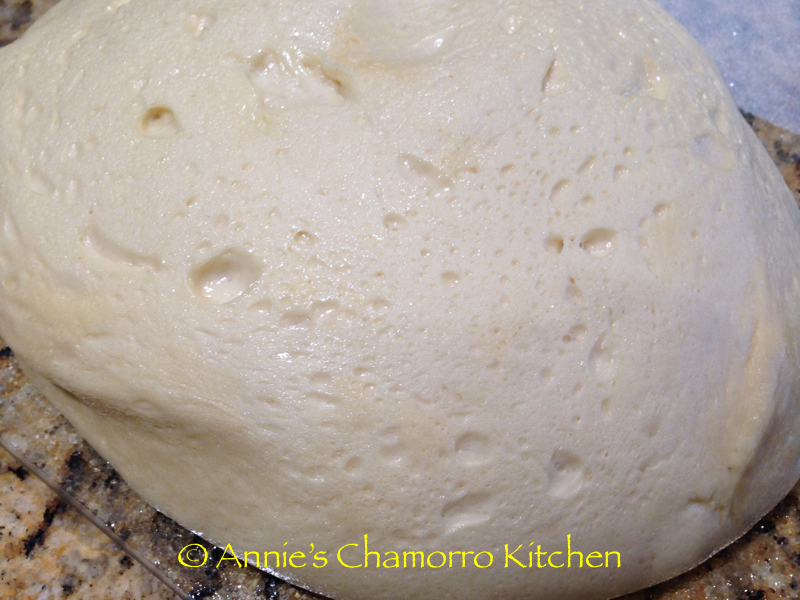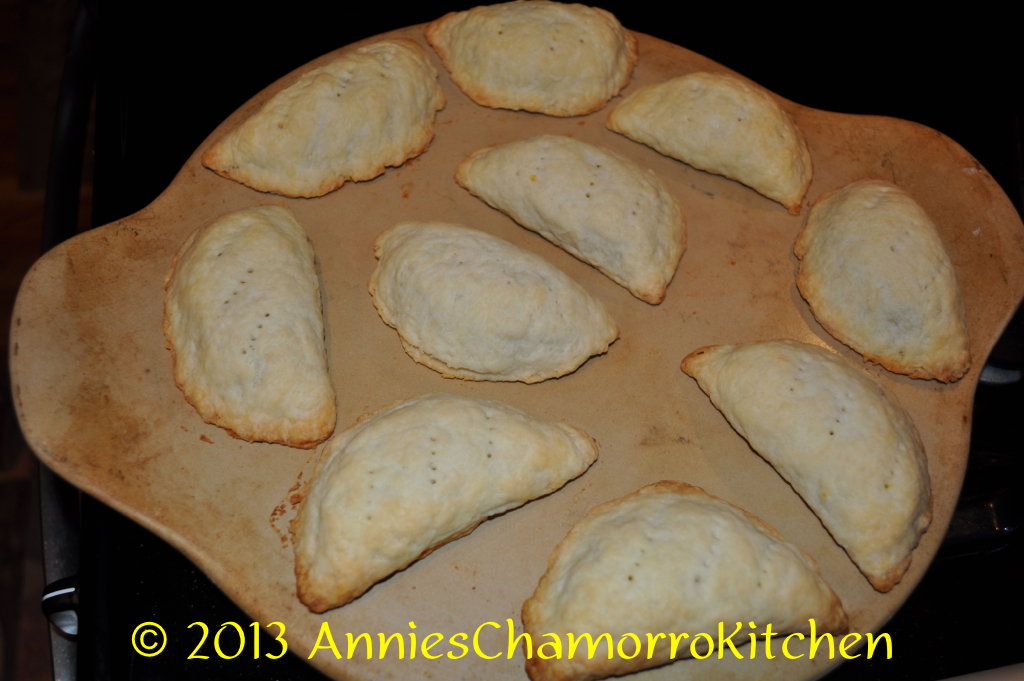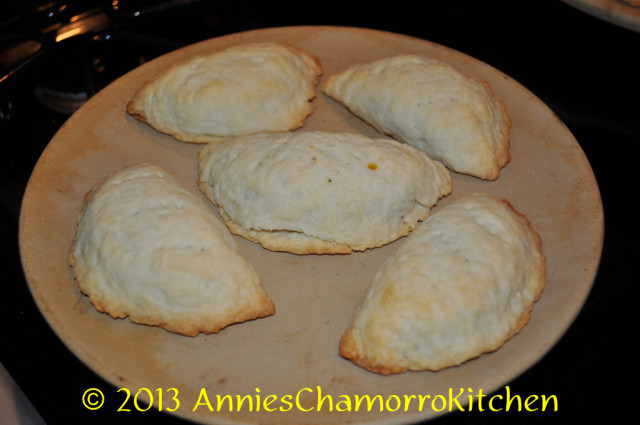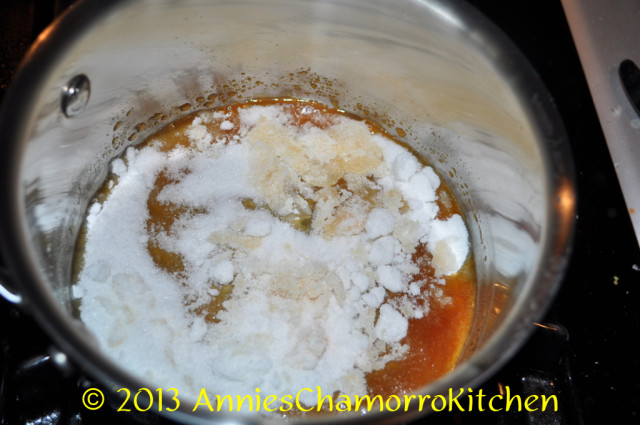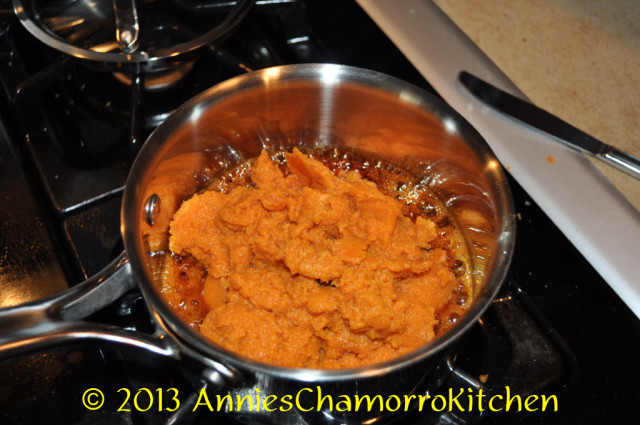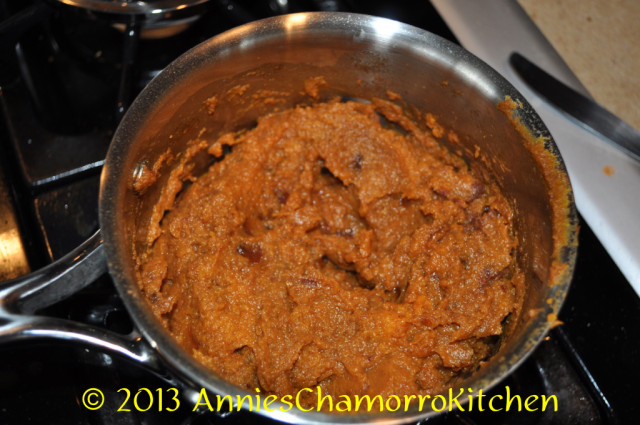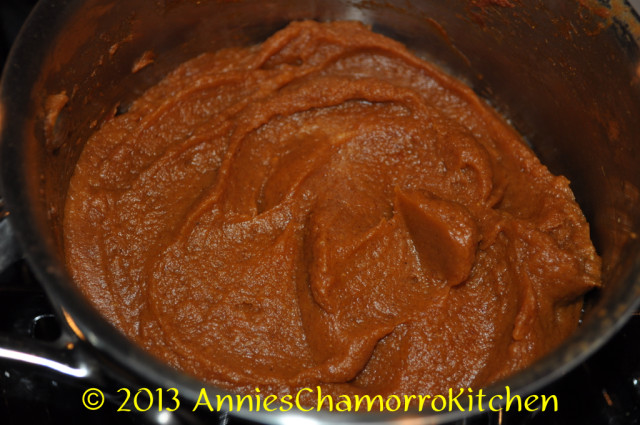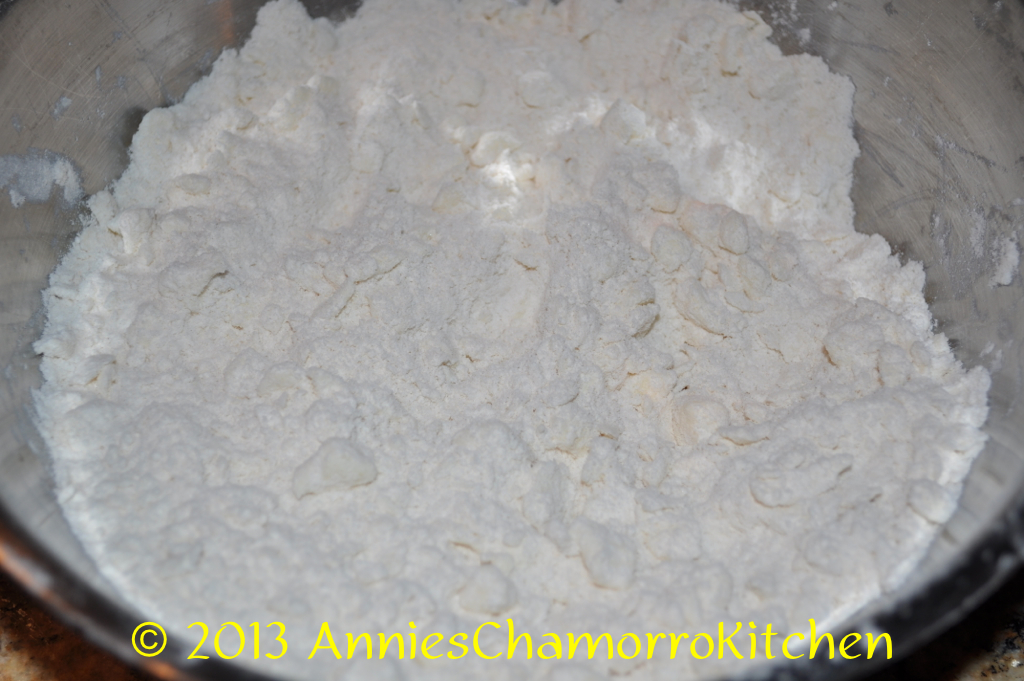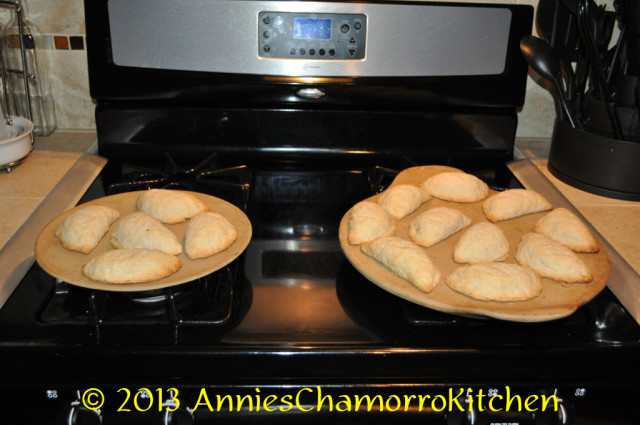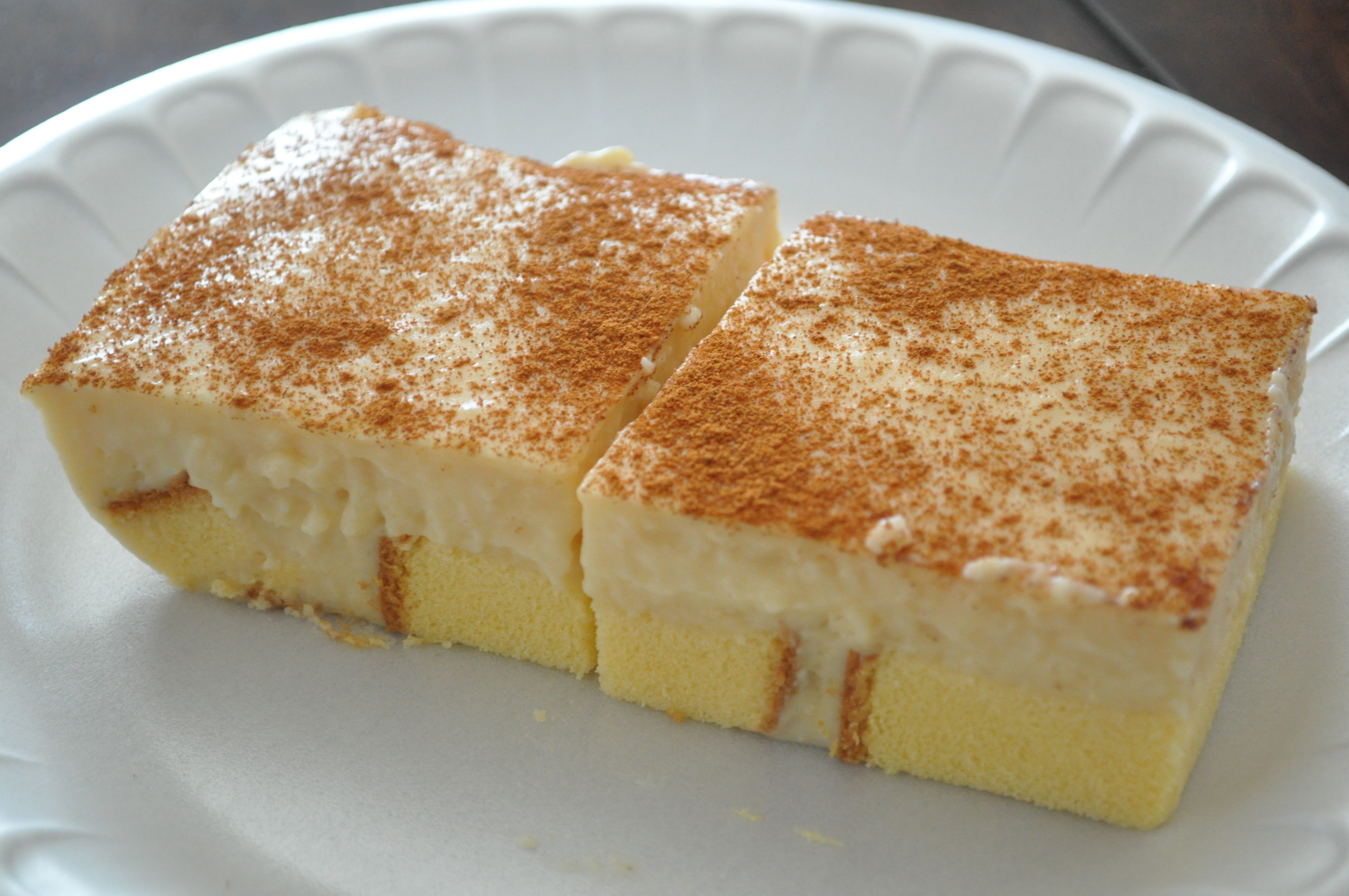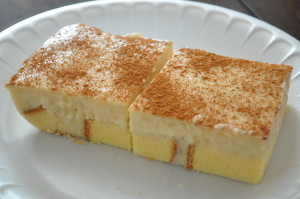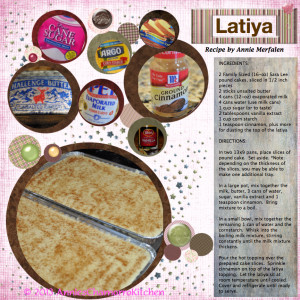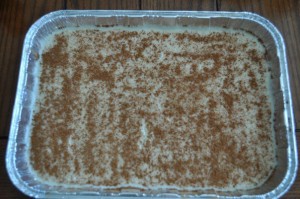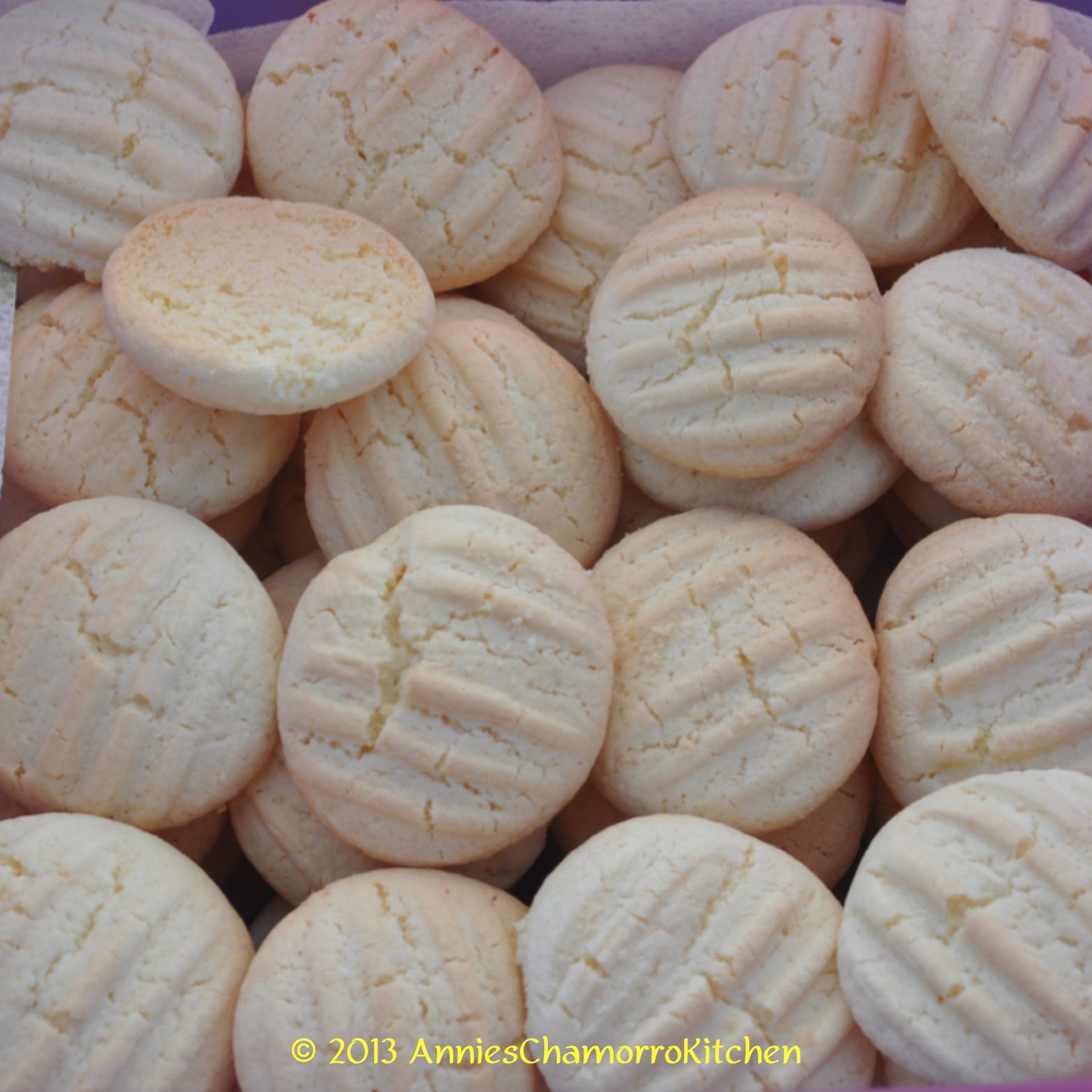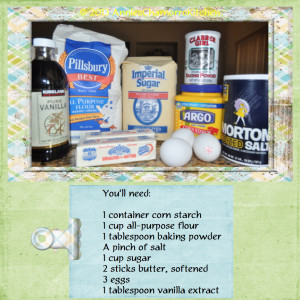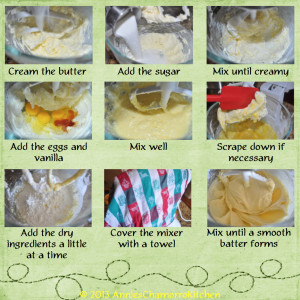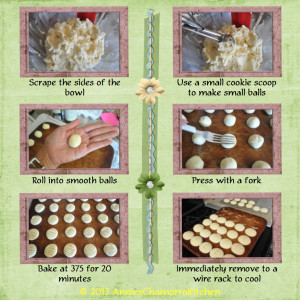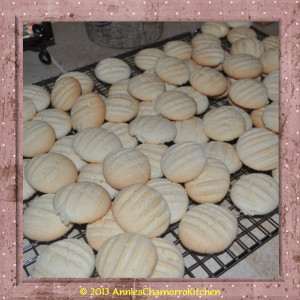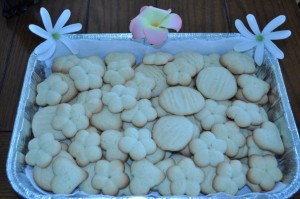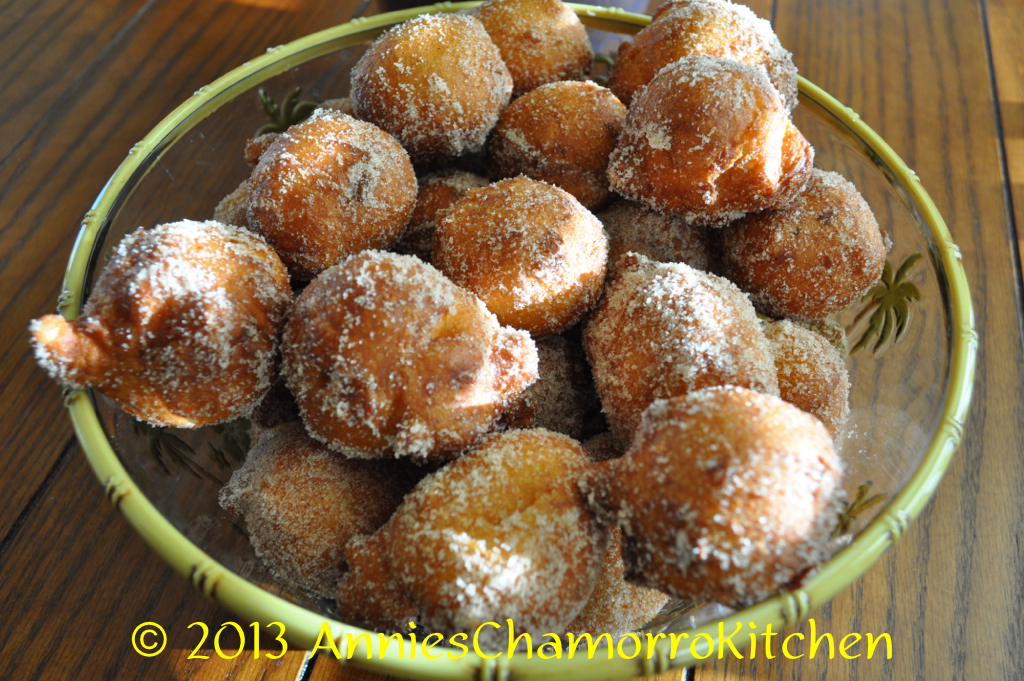
Yeast donuts are another favorite treat in my house. Why wouldn’t it be? Who doesn’t loved fried dough that’s rolled in sugar? Uhh…NO one! 🙂
I remember when I was a kid, some neighbors would sell these sweet treats door-to-door. We’d always buy a bag full! Now my kids are learning to make these themselves. They’re so delicious when eaten right after taking them out of the hot oil and rolling them in a bowl of sugar (cinnamon sugar is delicious too)!
Give these a try and let me know how you like them.
YEAST DONUTS
Ingredients:
- 1/2 cup water
- 1 tablespoon sugar
- 1 envelope active dry yeast
- 1 egg
- 1/2 cup milk
- 1/4 cup vegetable oil
- 3/4 cup sugar
- 3 cups flour
- Oil, for frying
- 1/2 cup sugar, for coating the donuts
- Optional: 1 tablespoon cinnamon, for making cinnamon sugar
Directions:
1. Heat the water in a microwave-safe measuring cup for about 30 seconds. The water should feel warm to the touch (like the temperature of your skin). Stir in the tablespoon of sugar and yeast. Set it aside for about 5 minutes. *Note: The yeast should have more than doubled in volume from all the bubbles. If you don’t see a lot of bubbles, your yeast wasn’t “active” anymore and you should start this step over.
2. In a mixing bowl, beat the egg then add the milk, vegetable oil, and sugar.
3. Slowly mix in half of the flour to the egg mixture. Add the yeast mixture and mix well. Gradually add the remaining flour. The dough should begin to leave the sides of the bowl but it will still be a bit sticky. After you’ve added all of the flour and the dough has not left the sides of the bowl, add up to 3/4 cup of flour (don’t use more than 3/4 cup), a spoonful at a time, until the dough leaves the sides of the bowl. Once the dough leaves the sides of the bowl, switch from the paddle to the dough hook attachment of your stand mixer.
4. Knead the dough for about 10 minutes or until the dough is smooth and elastic. Do not add more flour or it will make the dough tough. If you’re kneading the dough by hand, if the dough is sticking to your hands, lightly spray your hands with cooking spray.
5. Lightly oil (or use cooking spray) another bowl. Remove the dough from the mixing bowl and place it in the greased bowl, turning it around so all sides are greased. Cover the dough with a damp cloth and place in a warm place to rise. You want to let it rise until the dough doubles in size (about 1-2 hours, depending on how warm the room/area is).
6. After the dough has risen, remove it from the bowl. Lightly punch down the dough. Divide the dough into small pieces. At this point, you can either form rings, twists, or donut “holes”. Place the formed donuts onto a greased pan. Cover with a clean cloth and let them rise again for about 30 minutes.
7. Heat your oil. Carefully lift up each piece of dough. Lower into the hot oil and fry until golden brown.
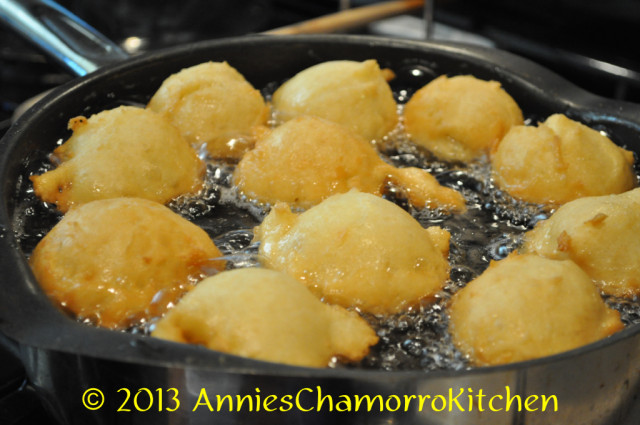
8. Remove from the oil, place on paper towels to allow to drain for a few seconds, then roll the donuts in sugar while still hot. Serve immediately and enjoy!
